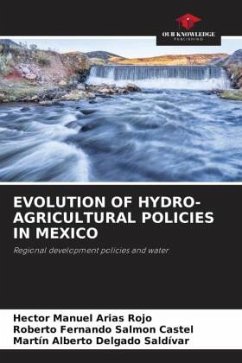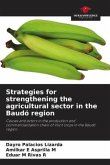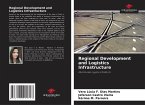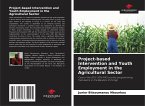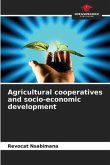Food production depends on a country's environmental conditions. The demand for food in a country where environmental conditions are not appropriate has been compensated with hydro-agricultural infrastructure since pre-Hispanic times. This paper analyzes the public policies that encouraged hydro-agricultural infrastructure and its evolution. The evolution was quantified in terms of storage works and their capacity, under the assumption that their purpose was to be used in irrigated agriculture, and the surface area with hydroagricultural infrastructure. The results show 10 epochs in which legal and institutional frameworks have influenced the growth of hydroagricultural infrastructure. It was also observed that the hydro-agricultural infrastructure seems to be reaching its upper limit, so it is advisable to look into the future.
Bitte wählen Sie Ihr Anliegen aus.
Rechnungen
Retourenschein anfordern
Bestellstatus
Storno

